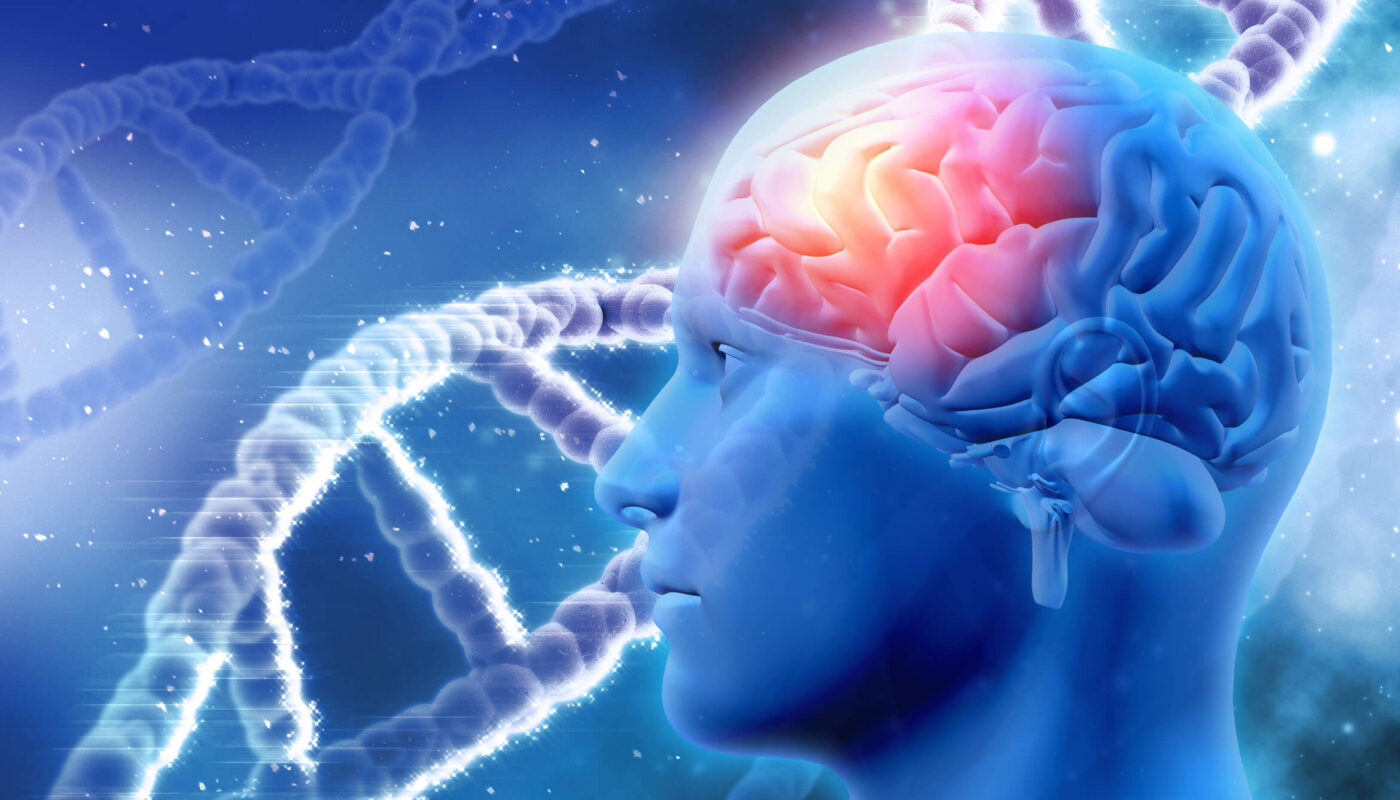New research conducted by scientists from the University of Maryland School of Medicine suggests that severe inflammation in early childhood can lead to the development of neurological disorders such as autism and schizophrenia. The study, which is the first of its kind, discovered that inflammation affects the development of vulnerable brain cells, potentially providing mechanistic links to neurodevelopmental disorders. These findings have the potential to pave the way for new treatments for various childhood-onset neurodevelopmental disorders.
The research team used single-cell genomics to analyze the brains of children who had died from inflammatory conditions, such as bacterial or viral infections, asthma, or accidents. The study revealed that inflammation in early childhood inhibits the complete maturation of specific neurons in the cerebellum, a brain region responsible for motor control, as well as higher cognitive functions such as language, social skills, and emotional regulation.
The study, led by the Institute for Genome Sciences (IGS), the Department of Pharmacology, and the University of Maryland-Medicine Institute of Neuroscience Discovery (UM-MIND), has been published in the October issue of Science Translational Medicine. It is part of a collection of around 30 papers that describe the development and diversity of cell types in the human brain. These studies were coordinated by the Brain Research Through Advancing Innovative Neurotechnologies (BRAIN) Initiative Cell Census Network, a multisite consortium.
Previous studies have shown that babies born with cerebellar abnormalities frequently go on to develop neurodevelopmental disorders, and animal models exposed to inflammation before birth also exhibit these conditions.
According to Seth Ament, Ph.D., a scientist at IGS and Associate Professor in the Department of Psychiatry at UMSOM, the cerebellum was chosen for study because it is one of the first brain regions to develop and one of the last to reach maturity. However, it has remained relatively underresearched. Using advanced single nucleus RNA sequencing technology, the researchers were able to examine changes at the cellular level in the brains.
Dr. Margaret McCarthy, co-leader of the research, James and Carolyn Frenkil Dean’s Professor and Chair in Pharmacology, and Director of UM-MIND, stated that this study is the first of its kind, focusing on this age group and within the context of inflammation. The gene expression in the cerebella of children with inflammation showed remarkable consistency.
The study involved the examination of post-mortem brain tissues from 17 children aged one to five years old. Eight children died from conditions involving inflammation, while nine died from accidents. None of the donors had been previously diagnosed with a neurological disorder. The two groups were similar in terms of age, gender, race/ethnicity, and time since death.
The study found that two specific types of cerebellar neurons, namely Golgi and Purkinje neurons, were most susceptible to brain inflammation. At the single-cell level, these neurons exhibited premature disruption of their maturation. Although rare, both these neuron types play critical roles in brain development. Purkinje neurons form synapses connecting the cerebellum to other brain regions involved in cognition and emotional control, while Golgi neurons coordinate communication between cells within the cerebellum. The disruption of these developmental processes could potentially explain how inflammation contributes to conditions like autism spectrum disorders and schizophrenia.
The development of neurodevelopmental disorders is likely influenced by both genetics and the environment, including inflammation. Therefore, understanding the role of specific cells within brain regions, as well as their interaction with genes, is crucial in finding treatments for disorders such as autism spectrum disorders, schizophrenia, dementia, Parkinson’s disease, and substance use disorders.
The study sheds light on how gene expression changes during inflammation can lead to subsequent cellular dysfunction, such as reduced synaptic connectivity or altered energy metabolism. Dr. Mark Gladwin, M.D., Dean of UMSOM, Executive Vice President for Medical Affairs at UM Baltimore, and the John Z. and Akiko K. Bowers Distinguished Professor at UMSOM, stressed the importance of understanding these mechanisms and changes at the cellular level during brain development to develop potential treatments for neurodevelopmental disorders in the future.
The data from this study, along with the other BRAIN Initiative papers, has been deposited in the Neuroscience Multi-Omic Archive (NeMO Archive), a curated genomic data repository housed at the Institute for Genome Sciences at UMSOM. Researchers in the field of neuroscience can access the data through a user-friendly interface, which aims to enhance their understanding of the complex workings of the brain.
*Note:
1. Source: Coherent Market Insights, Public sources, Desk research
2. We have leveraged AI tools to mine information and compile it




